 Welcome to this page where I’ve put together some background information on the story as well as questions to initiate discussion for potential book clubs. If you think of any other questions I should add, feel free to contact me. Also, if you’d like me to in some way enter into the discussion, please contact me about that as well. I’m open to online chats or questions and answers on a particular site, and other possible options. Contact me at bctrissel@yahoo.com
Welcome to this page where I’ve put together some background information on the story as well as questions to initiate discussion for potential book clubs. If you think of any other questions I should add, feel free to contact me. Also, if you’d like me to in some way enter into the discussion, please contact me about that as well. I’m open to online chats or questions and answers on a particular site, and other possible options. Contact me at bctrissel@yahoo.com
And now, back to the story.
1 )Research into my early American ancestors and events that occurred to them and their peers in the colonial frontier inspired Red Bird’s Song. Wicomechee, the hero, is drawn from a Shawnee warrior to whom I have family ties. The attack at the beginning of the book was based on one that happened to my distant ancestors in the Shenandoah Valley, not too far from where I live now. Do you feel this element of truth enhanced the story?
 2) The setting for most of Red Bird’s Song, autumn 1764, is (specifically) the Virginia Colonial Frontier. All-important to the story.
2) The setting for most of Red Bird’s Song, autumn 1764, is (specifically) the Virginia Colonial Frontier. All-important to the story.
Did you realize Virginia was ever that wild, with wolves, elk, panthers, and a smaller variety of buffalo roaming the valley and surrounding mountains? So thick were wolves in those days, a bounty was placed on their hides and they were hunted to extinction or driven farther west.
 When you think of colonial Virginia likely you envision Williamsburg and the beautiful plantation homes along the James River, but across the Blue Ridge Mountains life was far different. I’m told, and feel, that Red Bird’s Song has a The Last of the Mohican’s flavor. Do you agree? If so, did you like this flavor?
When you think of colonial Virginia likely you envision Williamsburg and the beautiful plantation homes along the James River, but across the Blue Ridge Mountains life was far different. I’m told, and feel, that Red Bird’s Song has a The Last of the Mohican’s flavor. Do you agree? If so, did you like this flavor?
 3) Augusta County in the Shenandoah Valley where Red Bird’s Song opens and where my family have lived for several centuries was originally a vast territory encompassing West Virginia, Kentucky, and claiming the territory north and west of those areas, theoretically all the way to the Pacific Ocean. Did you realize the boundaries of the frontier continually pushed westward until they finally reached the actual west most people associate with that term? Did you enjoy reading a story set in the colonial frontier for a change, or do you prefer the traditional westerns?
3) Augusta County in the Shenandoah Valley where Red Bird’s Song opens and where my family have lived for several centuries was originally a vast territory encompassing West Virginia, Kentucky, and claiming the territory north and west of those areas, theoretically all the way to the Pacific Ocean. Did you realize the boundaries of the frontier continually pushed westward until they finally reached the actual west most people associate with that term? Did you enjoy reading a story set in the colonial frontier for a change, or do you prefer the traditional westerns?
 4) Various Native American tribes originally dwelt all up and down the east coast. In Red Bird’s Song I focus on the Shawnee, the most feared tribe to attack in the valley. Unlike the plains and western Indians, these Eastern woodland tribes had a great deal of interaction with colonial Americans, both through trade and warfare and were far more knowledgeable about the customs and language of the English/Scots-Irish (and other groups) than you may realize, as is exemplified in Wicomechee.
4) Various Native American tribes originally dwelt all up and down the east coast. In Red Bird’s Song I focus on the Shawnee, the most feared tribe to attack in the valley. Unlike the plains and western Indians, these Eastern woodland tribes had a great deal of interaction with colonial Americans, both through trade and warfare and were far more knowledgeable about the customs and language of the English/Scots-Irish (and other groups) than you may realize, as is exemplified in Wicomechee.
What are your impressions of these Indians, and are you familiar with any of their famous chiefs such as Cornstalk or Tecumseh? How did you feel about the character of Chief Outhowwa in the book?
Did you know that unlike the English, who could buy officer ranks if they or their family had the money, the Shawnee never appointed a war chief who hadn’t proven himself in battle. Smart. This is why some of the British officers of that era bungled battles so badly. Such as General Braddock during the infamous ‘Braddock’s defeat‘ where Charity’s father was killed.
 5) Many of the early settlers, including my ancestors, in the Shenandoah Valley of Virginia and surrounding mountains were the Scots-Irish. These hardy war-like people were less intimidated by the threat from Native Americans who referred to the Virginia frontiersmen as ‘Long Knives,’ from the formidable hunting knives they carried. The history of the Scots-Irish, why they came to America and Virginia in particular, later migrating on to the Carolinas and Tennessee, is obscure to many.
5) Many of the early settlers, including my ancestors, in the Shenandoah Valley of Virginia and surrounding mountains were the Scots-Irish. These hardy war-like people were less intimidated by the threat from Native Americans who referred to the Virginia frontiersmen as ‘Long Knives,’ from the formidable hunting knives they carried. The history of the Scots-Irish, why they came to America and Virginia in particular, later migrating on to the Carolinas and Tennessee, is obscure to many.
What do you know of the early Scots-Irish–we referred to ourselves as the Scotch-Irish— and did you realize they were looked down on and vilified by many people in colonial America, such as the Anglican/English? However, over time, they proved themselves and are among many admired founders and leaders of our nation.
 6) In Red Bird’s Song, the former Shawnee captive, now adopted into the tribe, strong secondary character Colin Dickson and the hero Wicomechee are very close, even blood brothers. Did their friendship seem realistic to you and did it make the story more appealing? Did you enjoy the camaraderie between these two and their close Shawnee friends Muga and Posetha? Was it believable?
6) In Red Bird’s Song, the former Shawnee captive, now adopted into the tribe, strong secondary character Colin Dickson and the hero Wicomechee are very close, even blood brothers. Did their friendship seem realistic to you and did it make the story more appealing? Did you enjoy the camaraderie between these two and their close Shawnee friends Muga and Posetha? Was it believable?
 7) The heroine, Charity Edmondson, is under pressure by her aunt and uncle to marry a young Scots-Irish neighbor, Rob Buchanan, whom she doesn’t want to wed. In that era girls married young and at nineteen Charity was approaching spinsterhood. As her immediate family are all dead, she’s dependent on her extended family. At the beginning of the story Charity threatens to run away and live in the woods, but this wasn’t actually feasible. She lacked the skills and supplies to survive. What options, if any, do you think she had?
7) The heroine, Charity Edmondson, is under pressure by her aunt and uncle to marry a young Scots-Irish neighbor, Rob Buchanan, whom she doesn’t want to wed. In that era girls married young and at nineteen Charity was approaching spinsterhood. As her immediate family are all dead, she’s dependent on her extended family. At the beginning of the story Charity threatens to run away and live in the woods, but this wasn’t actually feasible. She lacked the skills and supplies to survive. What options, if any, do you think she had?
8-Do Colin Dickson’s reasons for leading the war party to the McLeod’s homestead seem valid to you? What else might he have done to protect Emma and her family during the attacks made on homesteads all along that stretch of river? Also, in regard to Colin who joined the Shawnee after a duel drove him into the frontier, did you feel he was justified in this course of action? Other men in that era who became renegades among their own people did the same thing. And there were roving bands of thieves such as Paxton and his men.
(9 Are you familiar with the French and Indian War, followed by Pontiac’s War, the one concluding at the beginning of the novel? Were you aware of the hardship the tribes faced at that time and did Red Bird’s Song make you more mindful of the injustice done to Native Americans? Did the story increase your sympathy for them?
 10) Colonel Henry Bouquet’s treaty with the Shawnee and Delaware Tribes in the fall of 1764 demanded the return of all white captives to their families. Some captives went gladly, while others who’d been adopted into the tribe and the hearts of their captors and grown accustomed to that way of life were torn apart. Some ran back to the Indians at their earliest opportunity, but these were the young men skilled in hunting and frontier life. Female captives who were returned to their families had to remain even if that meant leaving their warrior husbands behind. They couldn’t survive in the wild to find their way back. And the warriors did not dare come for them or they risked death. How did you feel about this facet of the story?
10) Colonel Henry Bouquet’s treaty with the Shawnee and Delaware Tribes in the fall of 1764 demanded the return of all white captives to their families. Some captives went gladly, while others who’d been adopted into the tribe and the hearts of their captors and grown accustomed to that way of life were torn apart. Some ran back to the Indians at their earliest opportunity, but these were the young men skilled in hunting and frontier life. Female captives who were returned to their families had to remain even if that meant leaving their warrior husbands behind. They couldn’t survive in the wild to find their way back. And the warriors did not dare come for them or they risked death. How did you feel about this facet of the story?
 11) Wicomechee and Charity are based on the tragic account of a couple caught in just such a situation. The young captive woman fell in love with and married the son of a chief. With the enforcement of the treaty (not Bouquet’s, but another that took place slightly later) she was taken back to her white family by her brothers. Then her Indian husband did the unthinkable and left the tribe to go and live with her among the whites in their world, but before he reached his beloved, her brothers intercepted and killed him. A fatal mistake. His young widow, their sister, gave birth to a daughter soon after and grieved herself to death. Clearly in a romance, this cannot be the ending so I contrived another based on the life of the real Wicomechee.
11) Wicomechee and Charity are based on the tragic account of a couple caught in just such a situation. The young captive woman fell in love with and married the son of a chief. With the enforcement of the treaty (not Bouquet’s, but another that took place slightly later) she was taken back to her white family by her brothers. Then her Indian husband did the unthinkable and left the tribe to go and live with her among the whites in their world, but before he reached his beloved, her brothers intercepted and killed him. A fatal mistake. His young widow, their sister, gave birth to a daughter soon after and grieved herself to death. Clearly in a romance, this cannot be the ending so I contrived another based on the life of the real Wicomechee.
Did the ending work for you?
*Images of the Alleghenies taken by my mother, Pat Churchman, also old family musket, powder horn, and pouch. All images are royalty free apart from the scene from the 1992 film, The Last of the Mohicans.
*Note I have scoured the web for high quality royalty free images to purchase for this time period. If you know of a good source please notify me. bctrissel@yahoo.com









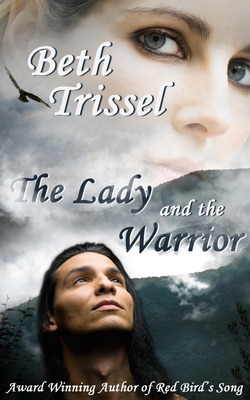


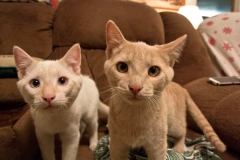




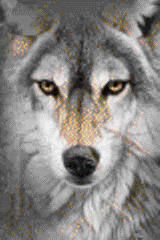

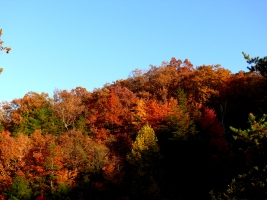



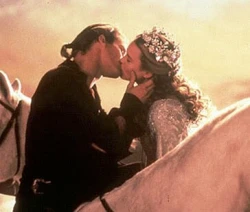
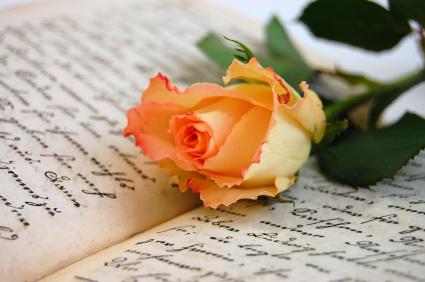




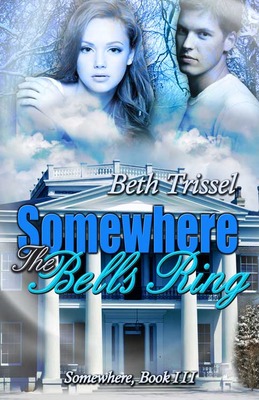



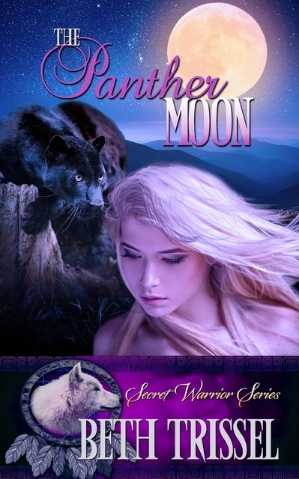
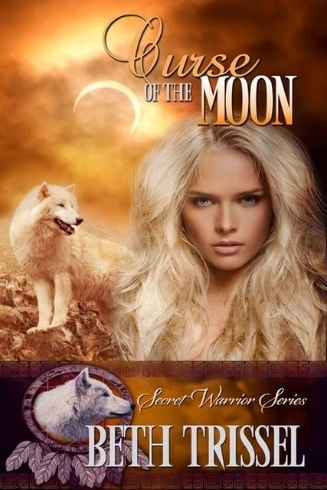


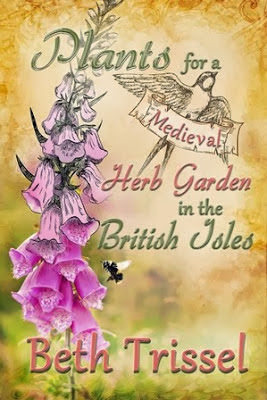







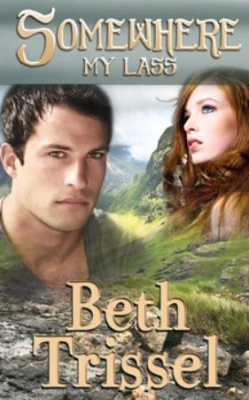


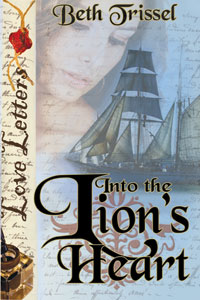








real mohicans had strong coloured brown reddish skin. very brilliant. not pale, thats why they were called “red skins”, and they called white men, “pale faces”
LikeLike
Thanks for stopping by my blog and leaving a comment. Interesting. I have had the origin of the term ‘redskin’ discussion with various anthropologists, archeologists, historians and the Shawnee themselves and there appear to be various theories for this term. Skin tone coloration varied from tribe to tribe, also within individuals of the same tribe, and that’s without considering intermarriage. True, some Native Americans were much darker than others. I don’t know definitely about the Mohicans, so you may be right. Not all Indians had dark eyes either, some had hazel. There are more variations of color than we realize. True, the Europeans were much paler by comparison. Also, varied though. Here’s the link to an interesting article on some of the theories as to the origin of this term: http://www.washingtonpost.com/wp-dyn/content/article/2005/10/02/AR2005100201139.html
LikeLike
This is my first reading of your Native American romance. Your writing reminds me quite a bit of James Alexander Thom – well-researched and the characters come alive. Have you read his Follow the River? Or Red Heart?
I think the western tribes garner too much attention, and I love reading about the eastern tribes. I live in Nelson county, bordering Amherst, and felt right at home in your story!
LikeLiked by 1 person
Thanks so much! I read the actual account of Follow the River in the Annals of Augusta County which records accounts of the Scots-Irish, my ancestors among them, in Virginia and the surrounding mountains and bordering states/territories. I totally agree. The Eastern Woodland tribes are vastly neglected.
LikeLike
So amazing you have these connections!
LikeLiked by 1 person
Yes! My ancestors and research into family genealogy is what inspired me to write historicals, and continues to play a role in my writing.
LikeLiked by 1 person